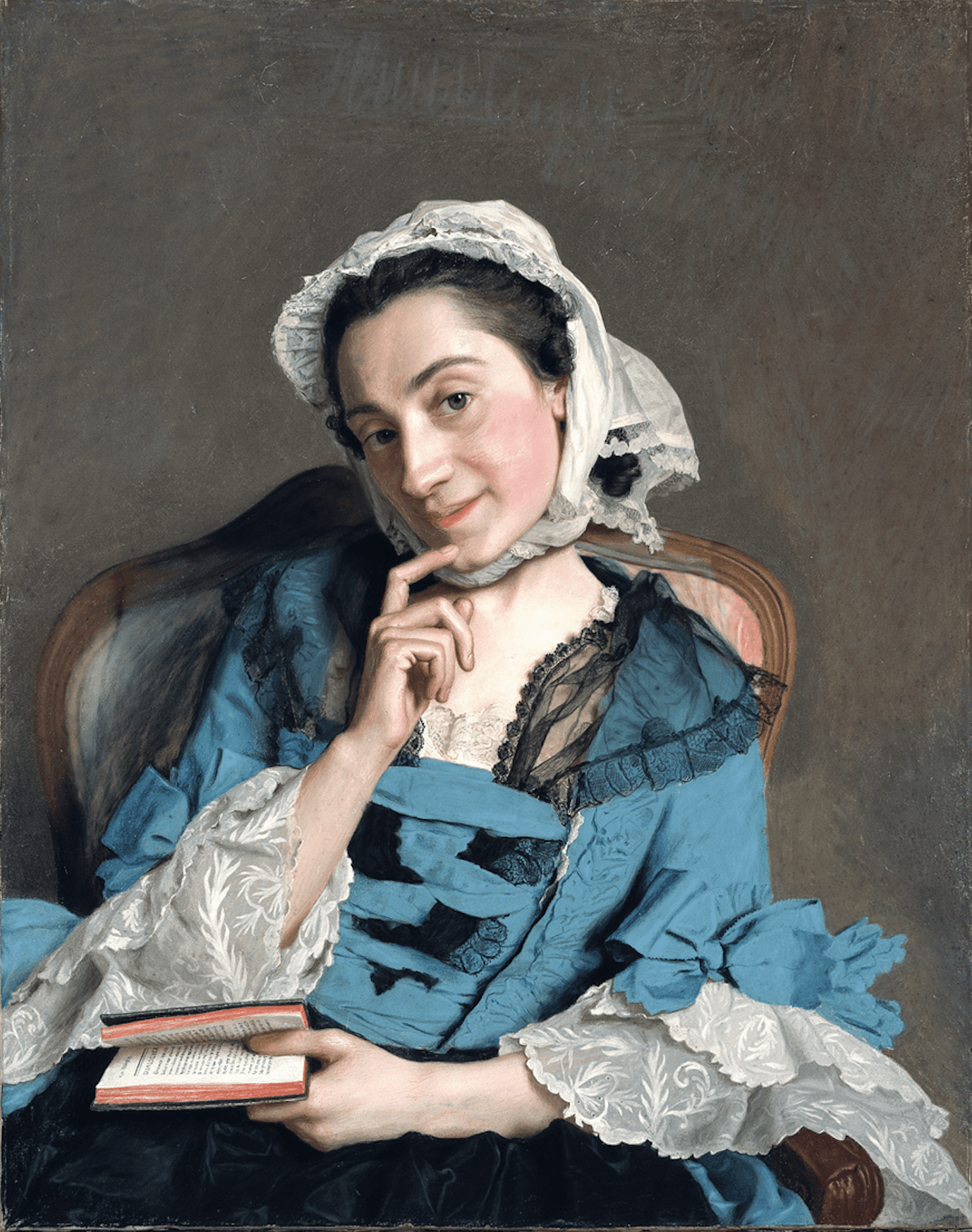Plasticity and Spatial Stuff under Western Neoliberal Order
In a two-part paper in this edition, Bentley et al. (2019; 2019a) consider brain plasticity as the neural embodiment of social and cultural experiences and in relation to the malleability of neural sex/gender differences – with particular reference to spatial cognition. In this short opinion piece, we raise some additional points that concern the societal … Read more
